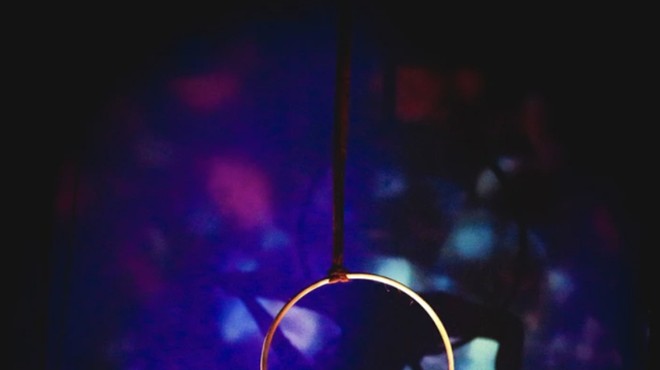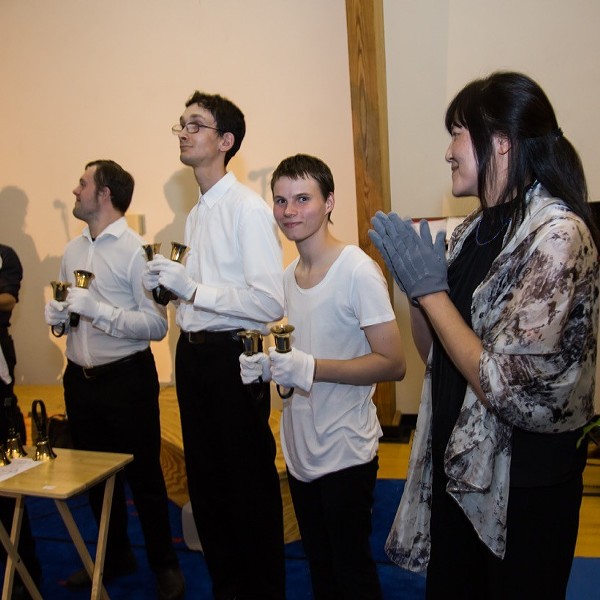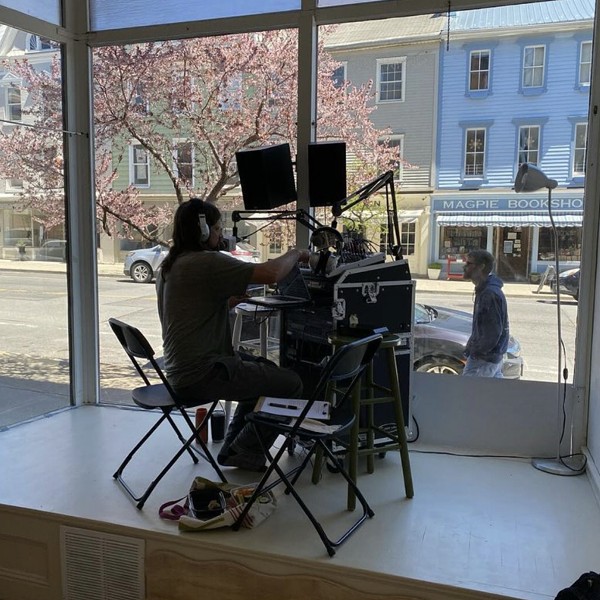When it comes to understanding and diagnosing the human body, there are few technologies more powerful than medical imaging. While the phrase medical imaging (also known as radiology) might make you think of just X-rays or ultrasounds, there’s actually a wide world of non-invasive imaging services that expert medical providers like those at Columbia Memorial Health (CMH), the primary healthcare center for Columbia and Greene counties, rely on to guide their patients throughout their journeys to wellness.
Below are a few types of diagnostic and interventional imaging services that are playing an increasingly important role in cutting-edge care.
Open MRI
Magnetic resonance imaging (MRI) uses a magnetic field and computer-generated radio waves to create highly detailed images of the body’s organs, tissues, and skeletal systems. While the traditional enclosed MRI technology has been around for some time, open MRI is a newer option that allows a patient to lie comfortably on an easily accessed open table.
It's the perfect solution for young children, those who have claustrophobia, and individuals whose weight might otherwise prevent the use of an enclosed machine. CMH’s open MRI at Greene Medical Arts in Catskill is the most powerful, technologically advanced and roomiest open MRI in the region.
CT Scan
Short for computed tomography, CT is a series of x-rays taken from different angles to produce a cross-sectional view of the body. On-site access to a CT scanner plays a pivotal role in CMH’s emergency department, where patients suffering from issues including trauma, stroke, or appendicitis need quick access to diagnostic tools.
Aside from its vital role in emergency care, CMH also uses its advanced 64 slice CT technology to perform fast and accurate imaging to assess other issues such as cancer, cardiovascular disease, and musculoskeletal disorders.
Vascular and Interventional Radiology
Vascular and Interventional Radiology (VIR) is a field that has been in existence for well over 50 years, but that has evolved into a cutting-edge specialty in recent years. Today, VIR specialists use imaging—most often ultrasound, CT, or fluoroscopy—to perform diagnostic procedures and provide minimally invasive therapeutic interventions. Because of this, IR has become a primary way to treat many different types of conditions.
At CMH, VIR procedures include vascular access for hemodialysis and chemotherapy, percutaneous biopsy of tumors, drainages of fluid collections, as well as therapeutic treatments for a variety of conditions. “The driving force behind much of what we do is the desire to diagnose and treat in a minimally invasive fashion that is safer for the patient, easier to recover from, and in many cases is as, if not more, effective than more invasive approaches,” says Dr. Christopher Stark, Interventional Radiology specialist at CMH.
By offering VIR services at the Hudson campus, CMH providers like Dr. Stark have been able to keep patients closer to home whenever appropriate and monitor their long-term progress. “One of the highlights of working as an interventional radiologist at CMH is having the opportunity to collaborate with a dedicated, compassionate, and knowledgeable community of physicians, nurses, technologists, and support staff,” says Dr. Stark. “We all strive to bring referral-hospital level care to the Columbia and Greene Counties with a multidisciplinary and collaborative approach.”
Columbia Memorial Health's medical imaging services are available at the hospital in Hudson, Greene Medical Imaging in Catskill, and Valatie Medical Imaging in Valatie. To learn more, visit Columbiamemorialhealth.org.

















